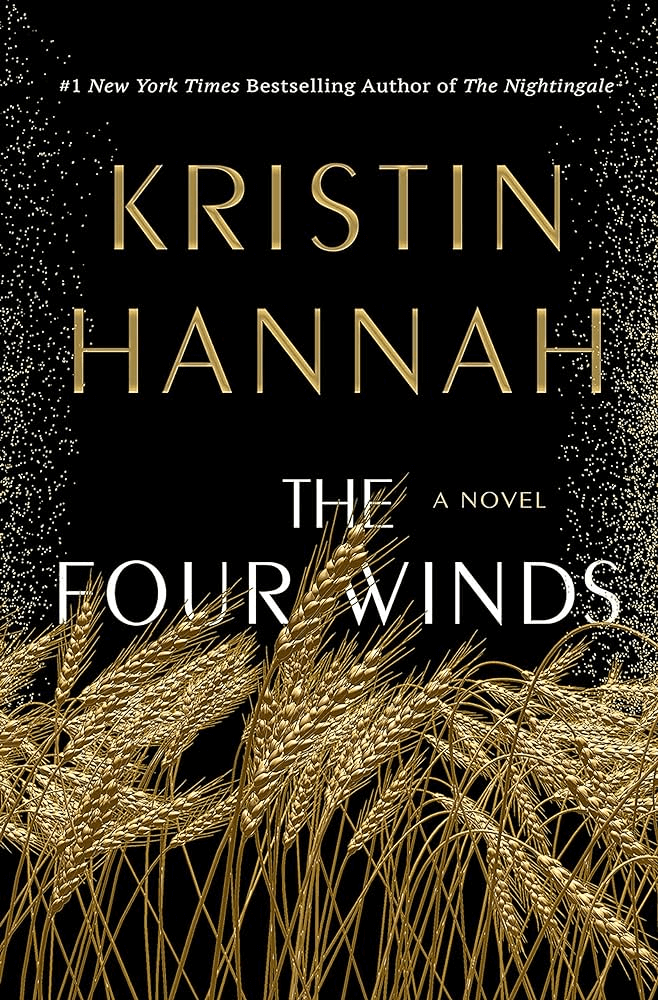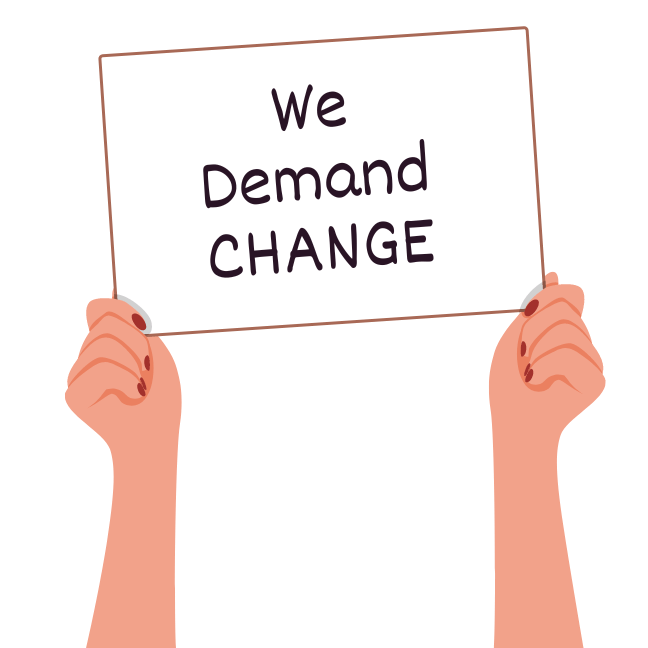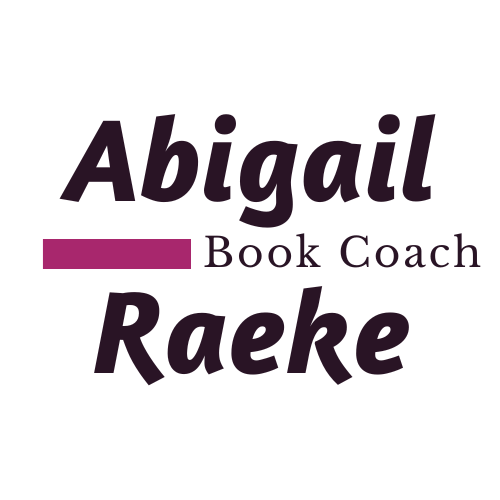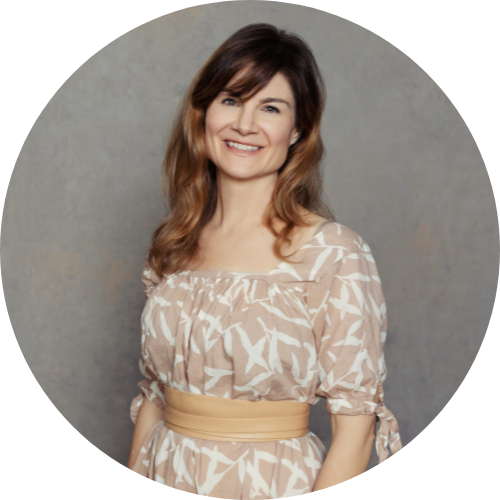
Three pillars of book structure are:
1. Character Arc
2. Present Story Timeline
3. Present Story Drive
Each concept is simple on its own – it’s the way Character Arc, Present Story Timeline and Present Story Drive come together that make a novel or memoir complex and unique.
In order to combine these elements in a way that creates structure for your book, it helps to have a clear definition of each.
1. The simplest way to approach Character Arc is to write out:
(Point of View character name) begins the book as/doing/believing X and at the end of the book is/does/believes Y.

On the very first page, Hannah sets up her hero, Elsa, as surviving her suffocating existence "by not demanding or seeking attention..." On page eight, in reaction to a scene that just unfolded: "Elsa knew it was over. This was not a battle she could win. She was to stay quiet and out of sight, not to go out into the world." This primes the story for a character arc that ends with Elsa getting out into the world and using her voice. (Positive Character Arc) |  What makes the story unique is how Elsa goes from being a woman who stays quiet and out of sight, to one that enacts change by speaking out. |
2. Present Story Timeline evolves naturally from Character Arc.
What is the most concise amount of story time needed to make this character transformation possible?
That is your Present Story Timeline.
This concept is probably the one that gets most muddied in beginning drafts.
That’s because good characters, like real people, are products of past experiences. Books we love tend to weave in backstory – sometimes lots of it.
But don't confuse backstory with your present story timeline and drive.
Stay clear about present story timeline events, how they move the story forward, and move the character towards his/her/their change from beginning to end.
Backstory (brief bits of information from character's past) and flashback (whole or partial scenes from that past) do not drive character arc. They can be used to inform present wounds, character motivation, interior processing and decision-making, but only events in the present story timeline drive character arc.
3. Story events that happen within the Present Story Timeline create Story Drive.
Plot points (curated story events) push the character through their character arc to a change or transformation - even if the 'transformation' is a simple shift in understanding or belief.
Like real people, characters need time, a whole story journey, to really get a simple truth that may have evaded them at the beginning.
Plot points, or story events, become the HOW in your story. The character changes, but how?
This is plot. Authors develop events (or craft meaning from real events in memoir) to show how character change (new understanding) happens through the course of the Present Story Timeline.
Detailed plot/story events add up to a new understanding, belief, role or reality for the character.
Story is change.
How does a point of view character change? (Character Arc)
What period of time does the change/shift occur in? (Present Story Timeline)
What plot/story events add up to cause that change? (Story Drive)
Back to The Four Winds example … Elsa does find her voice, take up space and speak out in public. This isn't a spoiler - any savvy reader (even if unconsciously) needs to read only a few pages in order to expect change along these lines in a positive arc story.*
The fun, and the drive, in the story is how this happens. What unique events bring Elsa from the beginning of her character arc to the change at the end? (There are some twists!)
Story Drive is the cause and effect forward motion of events that happen in your present story timeline.
In conclusion, that’s how these three pillars of structure work together to create your strong story spine/structure.
I hope this quick overview helped clarify each element, so that you can leverage them to build your unique story!
*In a Negative Character Arc, a character with this kind of set up goes out into the world and ends up worse off.
In a Flat Arc, the character doesn’t change from beginning to end of story. Instead, a Flat Arc character affects change in others, the community or society at large.




0 Comments